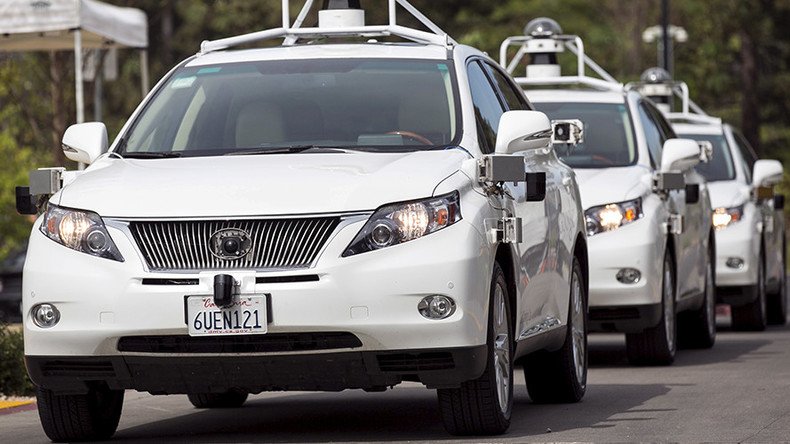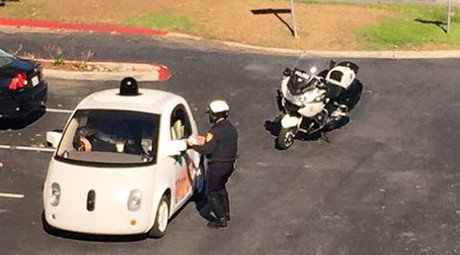Pave the Waymo forward: Google’s self-driving car now its own company

Waymo, the new company spinning off under Google’s umbrella, will take the reins of the self-driving car technology the Silicon Valley giant has been developing for seven years.
“Waymo stands for a new way forward in mobility,” Google said on a webpage of its self-driving car project. Waymo’s mission, it says, is “to make it safe and easy for people and things to move around.”
What has now become an independent company started as a self-driving car project at the secretive research unit Google X in 2009. Now, Waymo is taking on both development and the business itself. Along with Google, it is now within Alphabet Inc., a company created by Google founders in October 2015.
"It's an indication of the maturity of our technology," John Krafcik, Waymo's chief executive, told reporters at a press conference in San Francisco, adding that the move showed that they “are close to bringing this [technology] to a lot of people.”
READ MORE: Google, Ford and Uber join forces, create coalition for self-driving cars
"We can imagine our self-driving tech being used in all sorts of areas,” he said. Waymo aims to bring its cars everywhere, from ride-sharing services to public transportation and trucking.
Google has already tested its self-driving cars, traveling over 2 million miles in “real world” rides.
“Our next step as Waymo will be to let people use our vehicles to do everyday things like run errands, commute to work, or get safely home after a night on the town,” Krafcik wrote.
A man with total blindness, Steve Mahan rode alone in one of the prototype vehicles through the streets of Austin’s suburbs in October 2015.
Unlike its competitors, mainly Elon Musk’s Tesla and Uber Technologies Inc., the newly-created Waymo wants its vehicle to require zero human intervention when driving. Yet, Krafcik made a distinction, stressing that Waymo is not a car company.
"For now, the company will have to rely on using steering wheels and brake pedals. That’s largely to appease regulatory rules," Krafcik said. "It is our goal to get there without those."
Waymo also reportedly plans to start a ride-sharing service with Fiat Chrysler Automobiles NA minivans using semi-autonomous technology as early as the end of 2017, according to Bloomberg.
Fiat Chrysler and Google teamed up in May to work together on integration of Google's self-driving system into 100 of the carmaker's minivans.
However, there have been no business plans or deals officially announced, yet.













